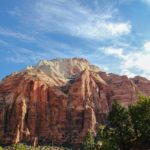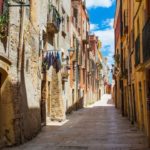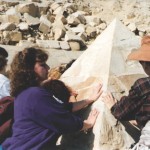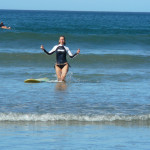On Set in God’s Own Country, Kerala
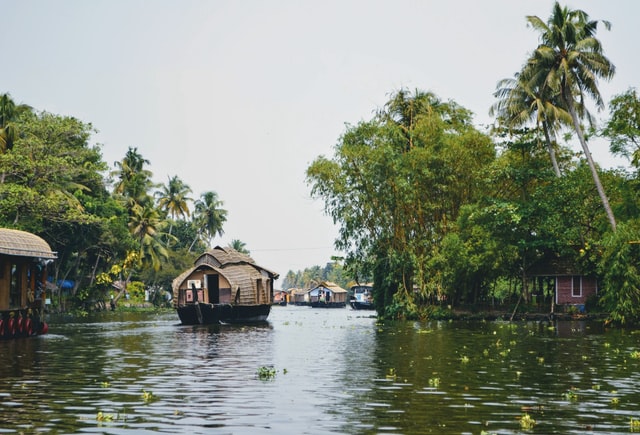
It was 4am and I was on my way to Alappuzha, Kerala to act in a film. The two young men who picked me up from the airport engaged me in the litany of questions I would come to expect in Kerala: “What do you think of ‘God’s Country?’ “Where is your husband?” There was a pause. Then, casually, the fellow next to me turned and said, smiling: “You are my butterfly. Is there a problem with that?” Alone in the middle of the night in a new country with two men, I just nodded and smiled. Satisfied, he turned back to his friend and resumed chatting.
It was December. I looked down at the wool peacoat on my lap, then at the thermometer hanging off the dashboard: 40 degrees C (105F). At the hotel, my drivers joined the clerk in my room, where they proceeded, with relish, to debate the state of the AC for a full 45 minutes. This indefatigable Socratic verbal jousting, coupled with the battery of questions and terminal stare downs, was a foreshadowing of things to come.
A blazing morning found me reporting to the set of Man, Boat, Water, a cinematic tale depicting two seasoned boatmen as they set out on what proves to be their last journey, featuring a traditional kettuvallam (rice barge) as the embodiment of the human soul’s journey through the ocean of time. The cast and crew were all Keralite, and all male. My part was as a bushy-tailed American photographer named Ann Thomas.
My paradigm shifted, from a slightly paranoid Western woman shying away from what I perceived to be unwarranted attention, to an appreciation of the art of unadulterated contemplation.
The southwestern tip of India, Kerala (which either means “the land of coconuts” or “the land of snakes,” depending on who you ask) is known as ‘God’s Country.’ It’s said to have been created by Lord Parasurama by chucking his axe across the sea. The backwaters of Kerala form a network of 1500 km of canals, 38 rivers and 5 mammoth lakes – peppered with water hyacinths and cormorants, dusty palm-lined villages and brackish lagoons.
Bobbing for hours in the middle of the Vembanad Lake, I played the role of the American backpacker, laughingly chewing betelnut with the boatmen and pretending to capture it all on my Nikon. Behind the scenes, every shot was debated heatedly–even the grips would get in on the action. The AD would whisper acting tips into my ear before clapping the slate: “I think it would be more powerful if, when you turn to take the photo, you smile sadly.”
The frequency of my bathroom ferries were a source of amusement for the crew, erupting in school-girlish giggles, calling out “Too much tea, Madam?” The Kerala coconut curry fish was delicious, but I soon reverted to toast, “finger chips” and “sweet and sour spaghetti.” I lived for the hot sweetness of milky chai in the gloomy pre-dawn backwaters.
At first, I was wary being the only female (foreigner, at that) among a nearly all male crew, but that quickly receded. Malayalam films (aka “Mollywood”), are generally rated “G,” and the codes of behavior between men and women reflected this standard. The behavior of the men I encountered cannot be described as anything but genteel.
I realized these men were engaging in a meditation, the absolute observation of their surrounding, and this made them wholly present.
One day of shooting required a group of actual backwater boatmen to participate. Cloths tied around tiny waists and teeth orange from betelnut, they spent hours in unbroken observation of the shoot, perched like preying mantises on their kettavallums. I realized these men were engaging in a meditation – the absolute observation of their surroundings – and this made them wholly present.
My paradigm shifted, from a slightly paranoid Western woman shying away from what I perceived to be unwarranted attention, to an appreciation of the art of unadulterated contemplation. Still, I couldn’t shake the feeling that I was somehow separate from this verdant, vast liquid landscape of meaning – a fleeting fiction that ultimately had little to do with me, or the world I lived in.
One scene involved Ann coming ashore to comfort a woman just widowed by her drunken husband. I wasn’t prepared for the crowd of villagers who gathered to watch, and I felt self-conscious. After the scene, I retreated to the enclosed cabin of the boat and watched the proceedings like a film within a film. The AD waved for me to step out – I felt panicked, cover blown, as I was led to the center of the group. A girl of about six shyly approached, and I saw that she was clutching a single flower. As her smile widened, she offered it to me. The celluloid burned away and left just us, regarding the other as if for the first time on the murky shore.
At the end of the film, the boat meets its untimely end, consumed in flames symbolic of the dissolution of the individual ego.
The external Universe is infinite,
This internal Soul is also infinite,
Remove one infinity from the other,
And infinity alone remains.
– Ishavasya Upanishad
Photo credit for On Set in God’s Own Country, Kerala Unsplash.com.

